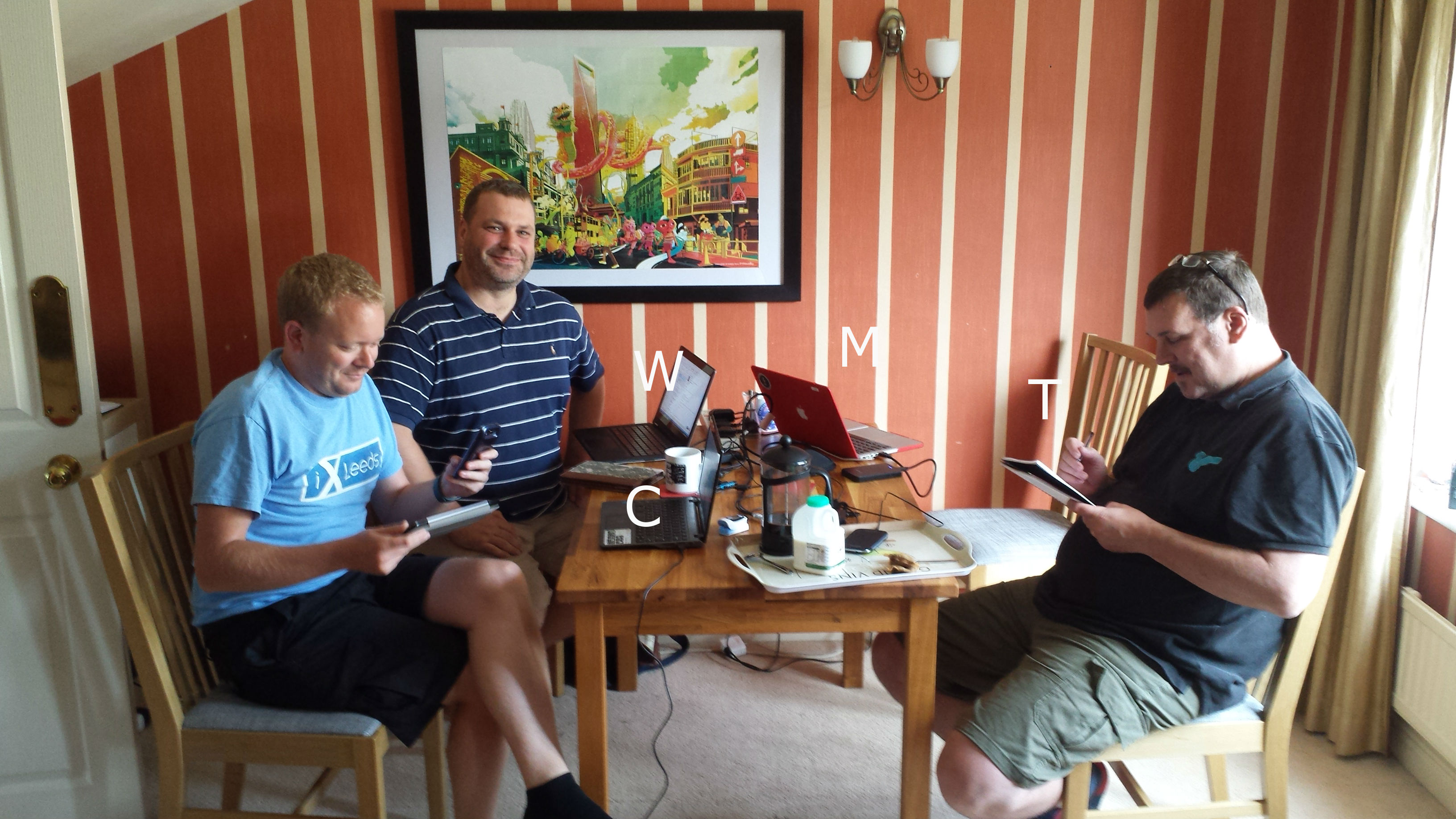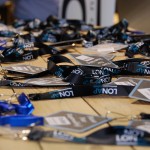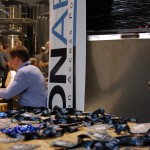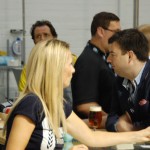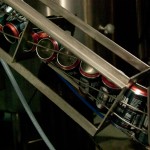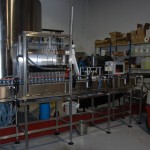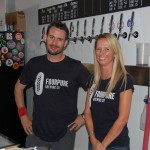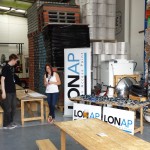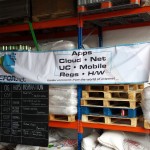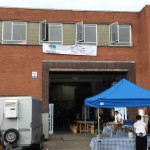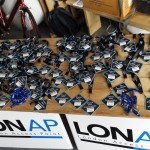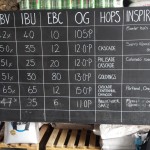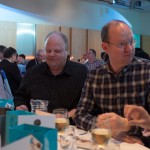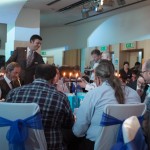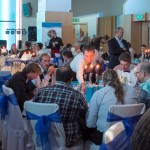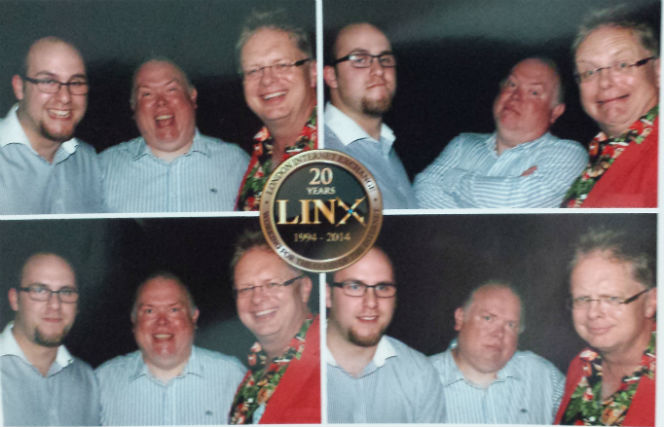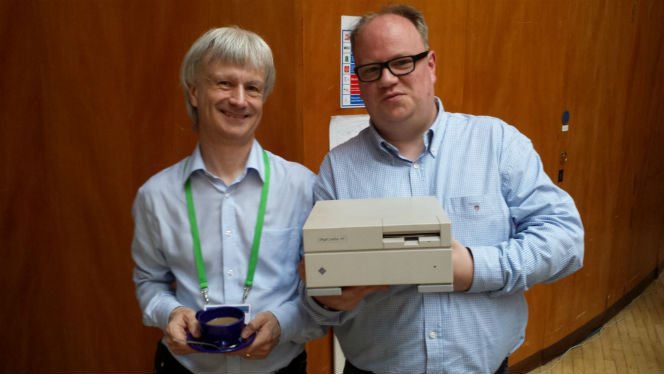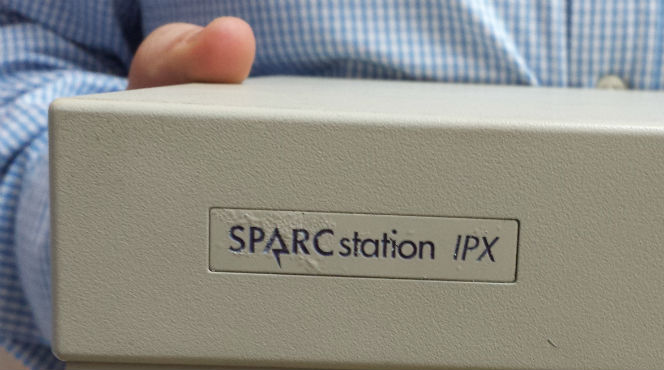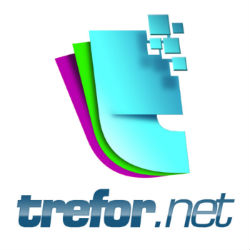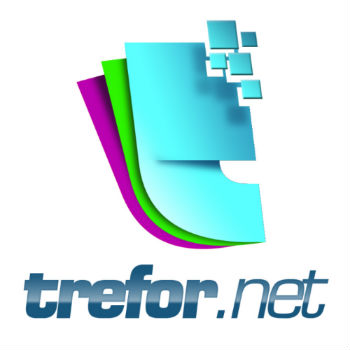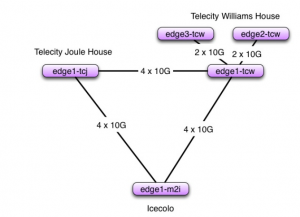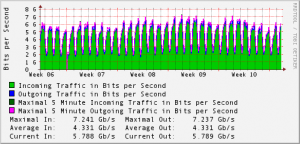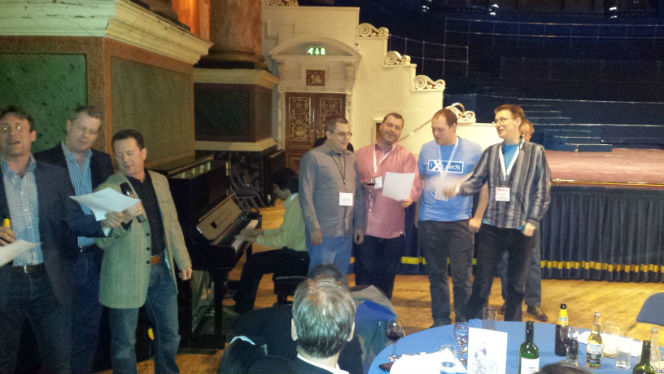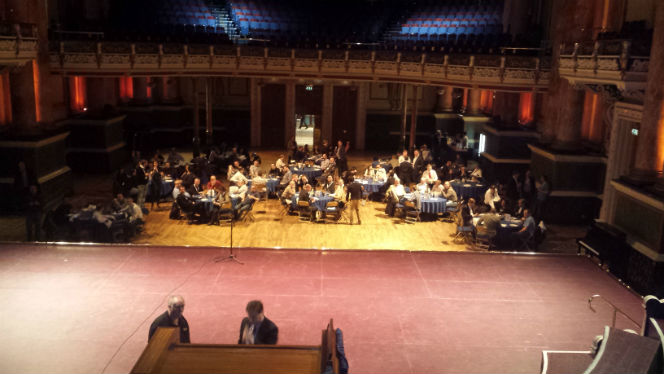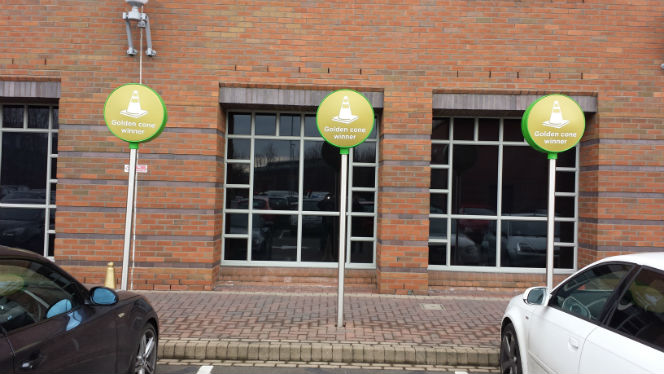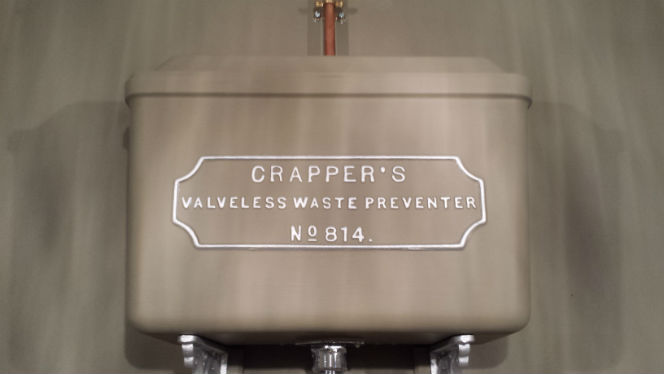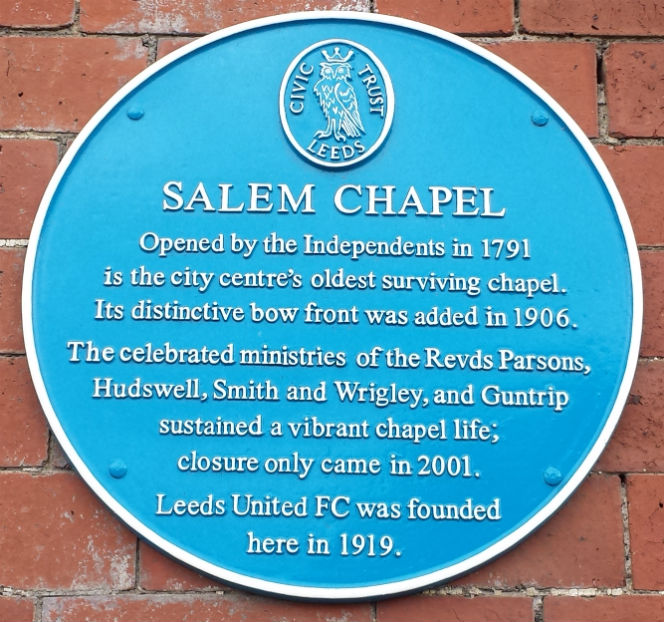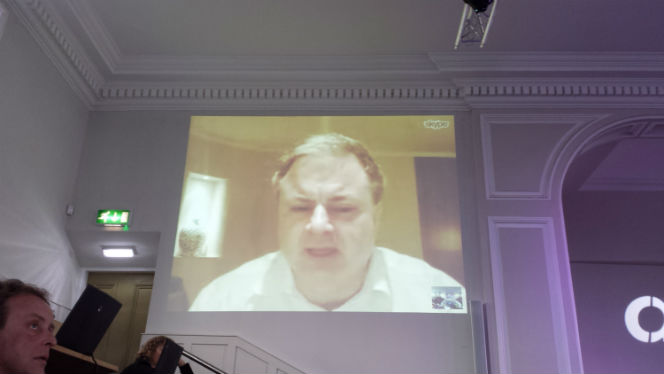IXScotland4 is happening on Monday 1st December, in Scotland. If you’ve never been to Scotland it’s a great time of year to go. Whisky tastes a heck of a lot better when it’s ‘orribly cold and wet out there. Oh and dark.
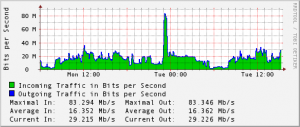 Only joking. 55 people from 36 organisations have so far registered to attend. Its a good level of interest considering IXScotland’s membership currently numbers 13. It’s also fair going for what is still a nascent operation carrying on average below 40Mbps of traffic. At that level of bandwidth there’s a long way to go.
Only joking. 55 people from 36 organisations have so far registered to attend. Its a good level of interest considering IXScotland’s membership currently numbers 13. It’s also fair going for what is still a nascent operation carrying on average below 40Mbps of traffic. At that level of bandwidth there’s a long way to go.
However go it will. The policy of opening regional exchanges is a good one. What’s the point of hauling traffic hundreds of miles and back again when a short cable under (or over) a corridor will do. Peering exchanges are all about the customer experience. Speed. Adjacency. Networks connecting at IX Scotland will be providing their customers with the best possible internet connections. People do notice these things1.
Traffic will grow and having the exchange there will also encourage this. The UK has a number of regional exchanges, ie those outside of London. IX Leeds is independent but LINX operates IXPs in Scotland, Cardiff and Manchester. A regional IXP will normally need some kind of support to get it going be it from the membership, local government or as is the case in Scotland, LINX.
The model doesn’t necessarily work everywhere. It really needs a carrier neutral POP. A town where there are lots of independent datacentres would have each datacentre wanting to host the IXP with the others reluctant to participate as it would look as if they were supporting their competitor.
You can find the agenda here. An interesting afternoon in prospect. LINX tell me there will be more on their recent pricing announcement plus “A major provider of anycast DNS services is about to set up a node at IXScotland.” Oo. Wonder who it could be:).
Of particular interest is the panel debate:
How do we improve connectivity in Scotland?
Panel will consist of representatives of Scottish government, commercial and community broadband access provision in Scotland, content provision in Scotland.
This is an universal question that could be the subject of discussion anywhere. Scotland of course probably has a significantly higher proportion of beautiful open countryside that is the root of the problem connectivity problem. It’s a dilemma.
Anyway if you fancy a trip to bonnie Scotland in December this is your chance. See you there? Also read loads of great peering contributions in our peering category here. Och aye.
1I had occasion to look up a website in Liberia recently. Took minutes to load a small 90 seconds promo video. I subsequently found out that the only connectivity in to Liberia were 16E1s vi satellite link. It’s an extreme comparison but people fast connectivity is becoming increasingly important.


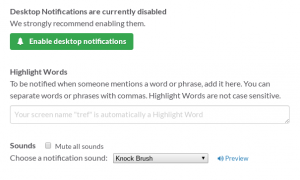 I also have slack for my Chromebook. It’s a web based service so no plugin. At least not one that I am using. I can enable desktop notifications but have happily left this switched off as I prefer the notifications to come in on my phone. I do like the fact that you can choose keywords for alerts.
I also have slack for my Chromebook. It’s a web based service so no plugin. At least not one that I am using. I can enable desktop notifications but have happily left this switched off as I prefer the notifications to come in on my phone. I do like the fact that you can choose keywords for alerts.
